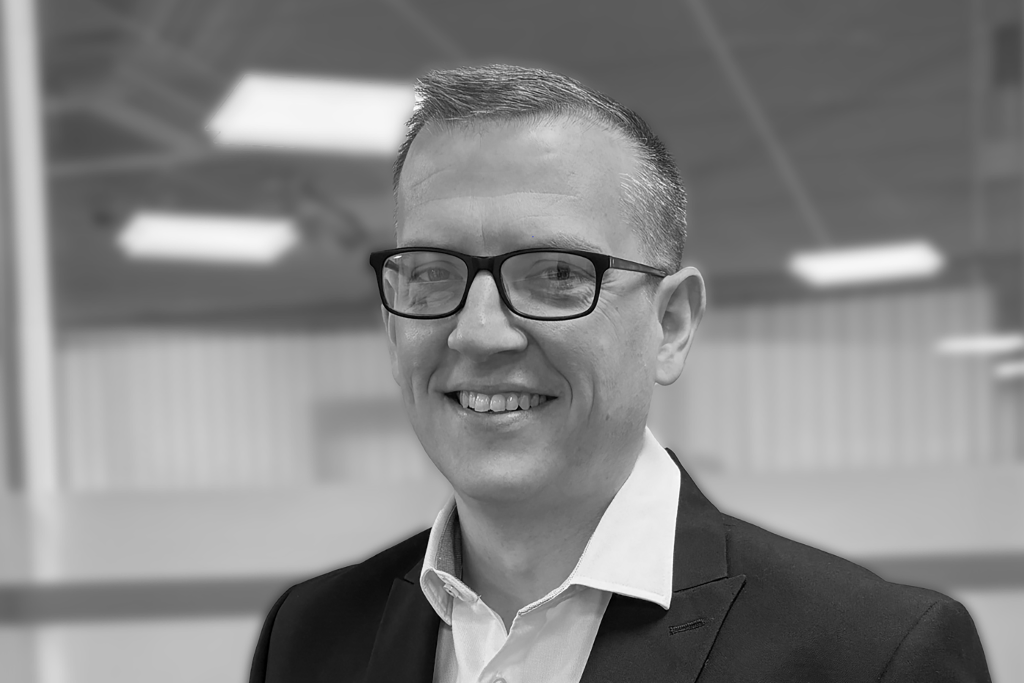
Baseline carbon literacy needed in engineering and piling
VolkerGround Engineering technical manager and Steel Piling Group chair David Coyle shares his insights on the evolving role of embodied carbon in projects.

“I have been working in civil engineering, specifically piling and ground engineering, for 22 years this year. Throughout this time, I have remained eager to learn and challenge my usual way of working. I have also enjoyed the opportunity to collaborate with a diverse team and support them in delivering complex schemes across the UK.
Over the last 18 months, I have been working on some very interesting projects where embodied carbon has become an increasingly regular topic of discussion. I have also been fortunate to work alongside a client on a scheme exploring how they can decarbonise their programme of works, from specifying adequate site investigation through to whole-life asset monitoring.
In the past, I felt that carbon or sustainability was often mentioned but sidelined as a "nice to have". However, I now see that some clients are becoming more aware and are even insisting on carbon limits. This raises the question: if a contractor proposes a "low carbon" solution that is not verifiable, will it prove costly both in terms of reputation and finances if, in turn, they have failed to comply with a contractual obligation due to ignorance of the facts?
What I am currently seeing in terms of knowledge and awareness around embodied carbon in materials is incredibly varied. I fear that, without some form of baseline carbon literacy, we run the risk of some schemes becoming victims of those who know enough to obfuscate and bluff their way into presenting a low carbon solution that is anything but. I have heard the phrase "we measure carbon differently" used as an excuse by some. I have also seen figures quoted for embodied carbon that are less than 50% of the value on the environmental product declaration (EPD).
As with the adoption of any new technology or knowledge, there are the early adopters who risk knowing too much too soon and are effectively pricing themselves out of some markets. At the other end of the distribution curve, there will be the late adopters who will need to be dragged along on the journey.
I am now in the position where, when I request a material quotation, I also ask for the EPD from the supplier. When the EPD is received, I find myself looking for the global warming potential (GWP) value for modules A1 to A3, which covers the manufacturing stage of the product. This does not account for transport from the place of manufacture to the work site – that would be covered by module A4. I also ensure that the units I am reviewing are consistent.
What I would like to see is the standardisation of the information requested by clients, along with some rigour around the information they receive from contractors and manufacturers in terms of EPDs. The EPDs available for products should measure the same modules and be open to interrogation.
There is increasing scrutiny from a more knowledgeable and conscientious client base, which could cause some to run afoul. However, on the flip side, we should not let the quest for perfection hinder progress – there are pioneers in the industry who are doing their utmost to raise awareness and bring the whole industry up to a baseline of knowledge.”
GE Piling and Foundations will be held at the America Square Conference Centre in London on 22 April 2025.
David Coyle is taking part in GE Piling and Foundations Conference in London on 22 April 2025, as part of a panel discussion on “Decarbonisation sustainability and net zero targets” alongside fellow speakers Buro Happold associate director Alice Shrubshall, Walsh senior engineer Maddie Groves, and Environment Agency senior engineer Matthew Badger.